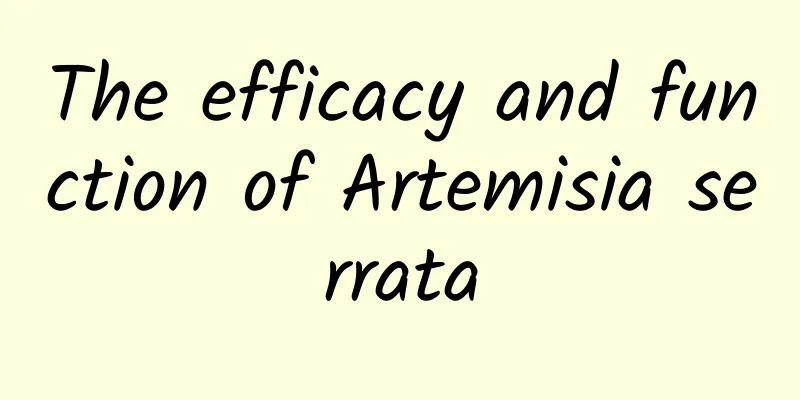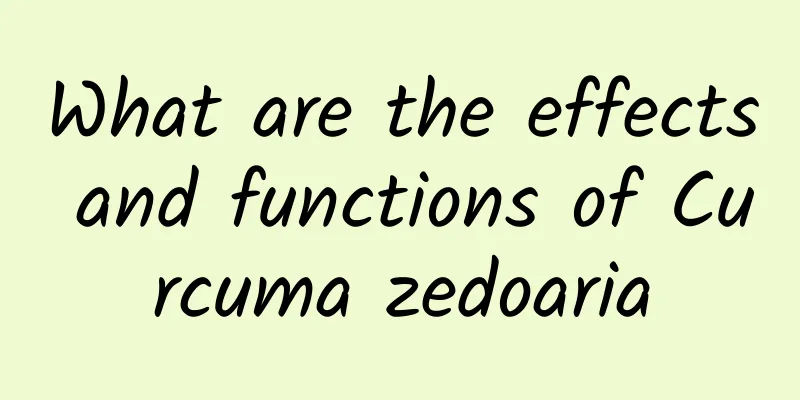The efficacy and function of Artemisia serrata

|
Artemisia four-leng is a medicinal material that can treat many diseases. If consumed scientifically and healthily, it can bring great benefits to our physical health and disease treatment. Now let’s take a closer look at the effects and eating methods of Artemisia annua. [Other names] Fragrant perilla, large fragrant sesame tree, wild patchouli, malnutrition powder, wild perilla, lung-regulating powder [Source] Medicinal material source: the whole herb of Elsholtzia ciliata of the Lamiaceae family. [Original form] Elsholtzia ciliata, semi-shrub, 0.8-1.5m high. The whole plant is aromatic. Quadrangular, densely covered with star-shaped fine hairs. Leaves are opposite; petioles are extremely short; leaf blades are oblong or oblanceolate, 4.5-10cm long, 1-2.5cm wide, acuminate at the apex, cuneate at the base, with fine serrations on the margins above the base, covered with fine soft hairs, glandular hairs and felt-like hairs on the upper side, and densely covered with star-shaped hairs on the lower side. The cymes are densely packed with many flowers in pseudospikes, 4-13cm long, terminal and axillary, with pedicels in the order and axis densely covered with stellate fine hairs; bracts are subulate, about 1mm long; calyx is bracelet-shaped, about 2mm long, densely covered with stellate hairs on the outside, with 5 calyx teeth, about 0.5mm long; corolla is white or the lower lip is 3-lobed, the middle lobe is round, with irregular notches on the edge, and the lateral lobes are semicircular and entire; stamens are 4, the front pair is longer and protruding, the filaments are glabrous, and the anthers are 2-chambered; ovary is 4-lobed, the style is longer than the stamens, and the stigma is 2-lobed. The nutlets are oblong, about 1.5 mm long, and yellow. The flowering period is from September to October, and the fruiting period is from October to November. [Habitat distribution] Ecological environment: Growing on hillsides, wastelands or valleys at an altitude of 2600-3000m. [Properties] Identified by the shape of the stem, which is square columnar, 80-150cm long, with longitudinal grooves on the surface and densely covered with star-shaped soft hairs. The leaves are mostly curled and wrinkled, and are lanceolate or oblanceolate when flattened. They are 4.5-10cm long and 1-2.5cm wide. They are dark green above and grayish white below, with hairs on both sides; they are nearly sessile. Terminal pseudospike inflorescences can be seen, with yellow-white flowers. It has a fragrant aroma and tastes spicy and cool. 【Nature and flavor】 Spicy; warm 【Functions and indications】Dispel wind and cold; relieve cough. Mainly used for colds, coughs, whooping cough [Usage and Dosage] For oral use: decoction, 9-30g. For external use: take appropriate amount, grind into powder and apply on the affected area. 【Excerpt】 Chinese Materia Medica This is all I have to say about the efficacy of Artemisia annua. I hope it will be helpful to you. Although the value of Artemisia annua is very high, we must be cautious when eating it. |
<<: The efficacy and function of Ailanthus altissima bark
>>: The efficacy and function of Ajuga quadrangularis
Recommend
The efficacy and function of scutellaria baicalensis
I don’t know if you are familiar with the herb an...
Forrester: US online retail market to reach $327 billion in 2016
The latest survey report released by the US marke...
The efficacy and function of Melaleuca alternifolia
Traditional Chinese medicine has a history of tho...
Benefits of Rice Vinegar with Fennel Powder
Rice vinegar and fennel powder may not be known t...
The efficacy and usage of wild seven-leaf Gynostemma pentaphyllum tea
Gynostemma pentaphyllum is a common Chinese herba...
The efficacy and function of cold poison grass
The Chinese herbal medicine Lengducao is a relati...
It’s so fast that even Nezha can’t catch up. Why is the cheetah so fast?
Review expert: Wang Lei, National Park and Nature...
Has your information been leaked today?
Today is an information age. Data is considered t...
The secret that the queen wants to know most: Snow White's beauty secrets~~
Author: Chen Zhenzhen, Chief Pharmacist, Xiamen U...
The efficacy and function of the big arrow
Big arrow is a very common medicinal material in ...
Designed in the late 1950s, the Blackbird is an absolute miracle in aviation history.
© National Air and Space Museum Leviathan Press: ...
Fruits are getting sweeter. Is it a "sweet gift" or a "sweet crisis"? | Ronggeluoke
Fruits are getting sweeter and sweeter. Is this a...
The efficacy and function of Zhihongqi
Do you know what roasted red Astragalus is? It is...
What is "i人e人"? Can MBTI really define us?
I don’t know when it started, but MBTI is everywh...









